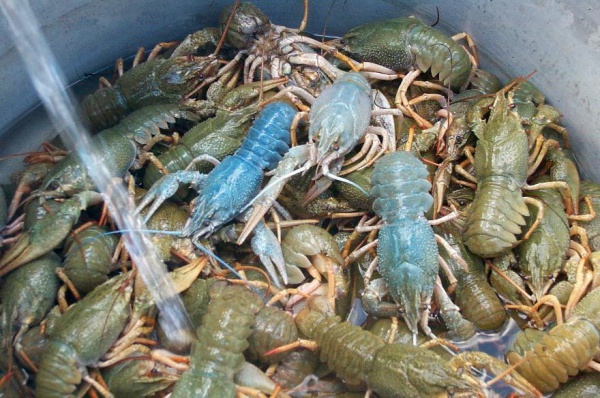Facts About Astacus astacus
The European crayfish, also known as *Astacus astacus*, is a widely distributed species across Europe. Commonly referred to as the noble crayfish or broad-fingered crayfish, it has been a traditional food source for centuries. These crayfish thrive in freshwater environments such as clean streams, rivers, and lakes. They can be found from France, through Central Europe, the Balkan Peninsula, parts of the British Isles, Scandinavia, Finland, and Eastern Europe. The males can grow up to 16 cm in length, while females typically reach about 12 cm.
In terms of diet, European crayfish consume a variety of worms, aquatic insects, mollusks, and plants. They are nocturnal, meaning they are most active at night, and spend their days resting in burrows. They reach sexual maturity after three to four years of growth and molting. The breeding season occurs in October and November, with females carrying fertilized eggs on their pleopods until they hatch in May.
Predators such as mink, eels, perch, pike, otters, and muskrats pose significant threats to these crayfish. During the Middle Ages, European crayfish were considered a delicacy, especially among Swedish nobility. Unfortunately, the species is now listed as vulnerable on the IUCN Red List due to the crayfish plague, which is spread by the invasive North American signal crayfish.
In Nordic culture, consuming European crayfish is a cherished tradition, particularly during end-of-summer crayfish parties. While wild harvesting was common in the past, aquaculture of the signal crayfish in manmade ponds has become more prevalent nowadays. Interestingly, a family of digestive enzymes called astacins was first discovered in *Astacus astacus* in the 1990s. These enzymes have since been found in various organisms, from Hydra to humans.

 Norway
Norway